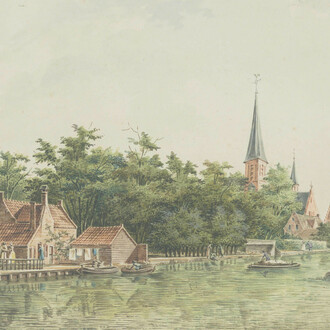The exhibition ‘Beyond Compare’ introduces superlative works of art from Africa from the Ethnologisches Museum into the peerless sculpture collection of the Bode-Museum. Pairs of sculptures from both continents will be placed throughout the permanent collection and a special-exhibition gallery will address specific themes.
The experimental juxtaposition of works from two continents reveals possible correlations on various levels, including historic contemporaneity, iconographic and technological similarities, and artistic strategies. Despite stylistic differences, striking similarities appear in the ways works of art function in both contexts. Power figures from the Congo were used to protect villages and communities, just as Gothic depictions of the Virgin of Mercy were. At the same time comparisons also expose contrasts, as with depictions of motherhood, which rely on different visual languages in Africa and Europe and convey different messages.
What Does it Mean to Identify Similarities and Differences? Every visit to a museum prompts viewers to compare and interpret objects, but what does it mean to identify similarities and differences?
The exhibition raises several questions. What insights can we gain from the joint display of works of art with different histories? What are the consequences of assigning to separate museums objects that once all belonged together in the collection of the Kunstkammer of Brandenburg-Prussia? Why were some of these objects classified as ethnological artefacts and others as works of art?
The implicit process of comparing, separating, and assigning objects to different collections was a fundamental step in the foundation of the Berlin museums and the definition of their respective missions. In the process many objects from Africa were defined as ethnological artefacts, while other objects of comparable artistry from European ritual contexts remained in art museums.
The act of comparing and identifying is therefore not neutral, but charged with socially defined prejudices, conventions, and constructions of history. It also governed by the experiences of the individuals who draw the comparisons. Defining two things as similar or different is often related to power. The process of comparison is thus closely tied to questions of collection history, aesthetics, colonialism, and gender. The exhibition and the accompanying app will illuminate these themes from a variety of perspectives.
These masterpieces of African art will remain on view at the Bode-Museum until the installation of the Staatliche Museen’s non-European collections in the Humboldt Forum. The presentation invites viewers to question their own approach to the process of comparison.
The exhibition is made possible by generous support from the Kuratorium Preußischer Kulturbesitz.
















